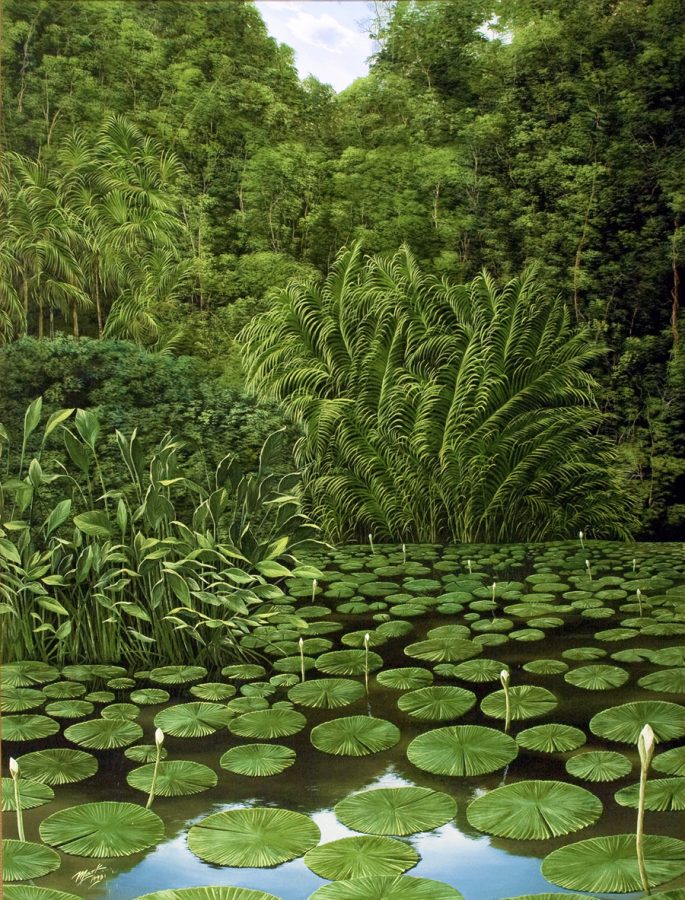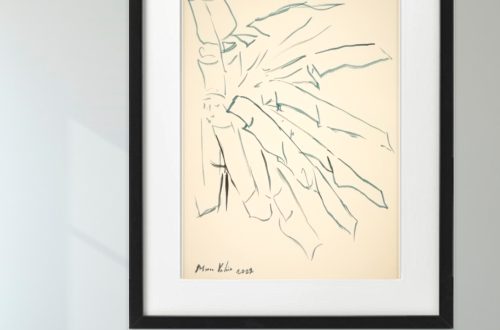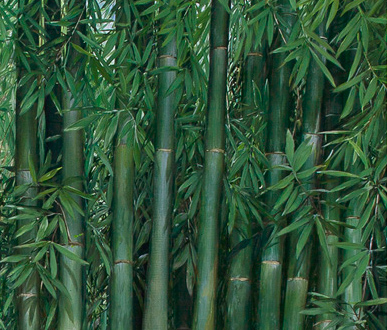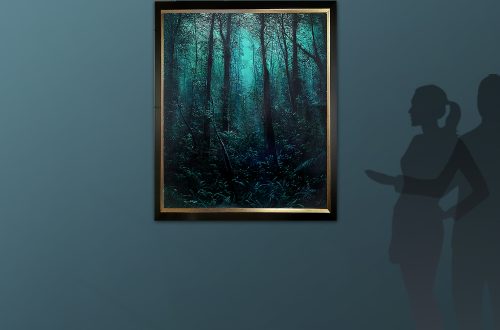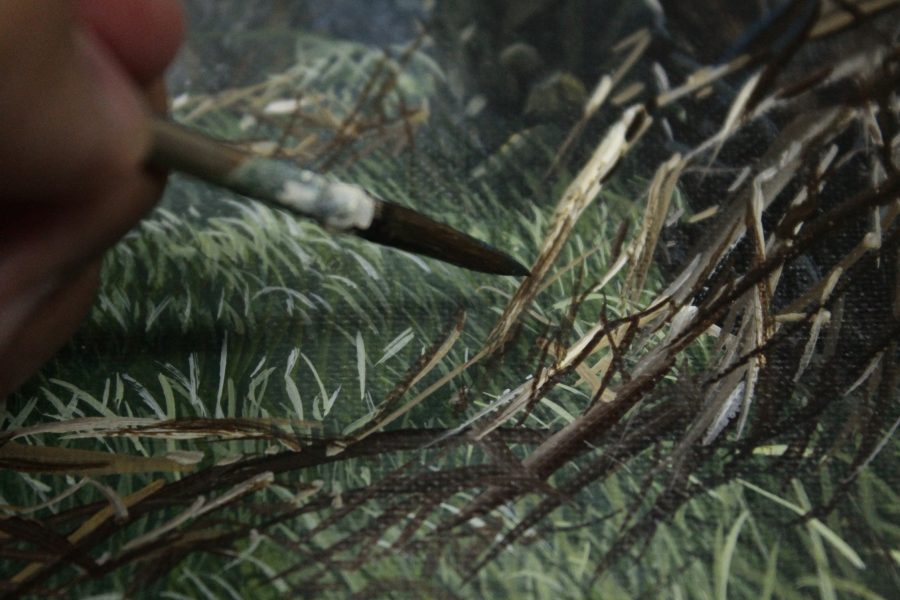
SOBRE EL PROCESO CREATIVO – ABOUT CREATIVE PROCESS
REFLEXIONES EN EL ARTE
Marco Valencia
Según muchas referencias, el proceso creativo se entiende como las fases previas a la aplicación de la creatividad y crear ideas en torno a una situación que nos representa un reto o problema a entender.
Hay muchas interpretaciones sobre este proceso creativo, algunos escritores dividen el proceso en fases, según el escritor G. Wallas* por ejemplo el proceso creativo atraviesa diversas fases:
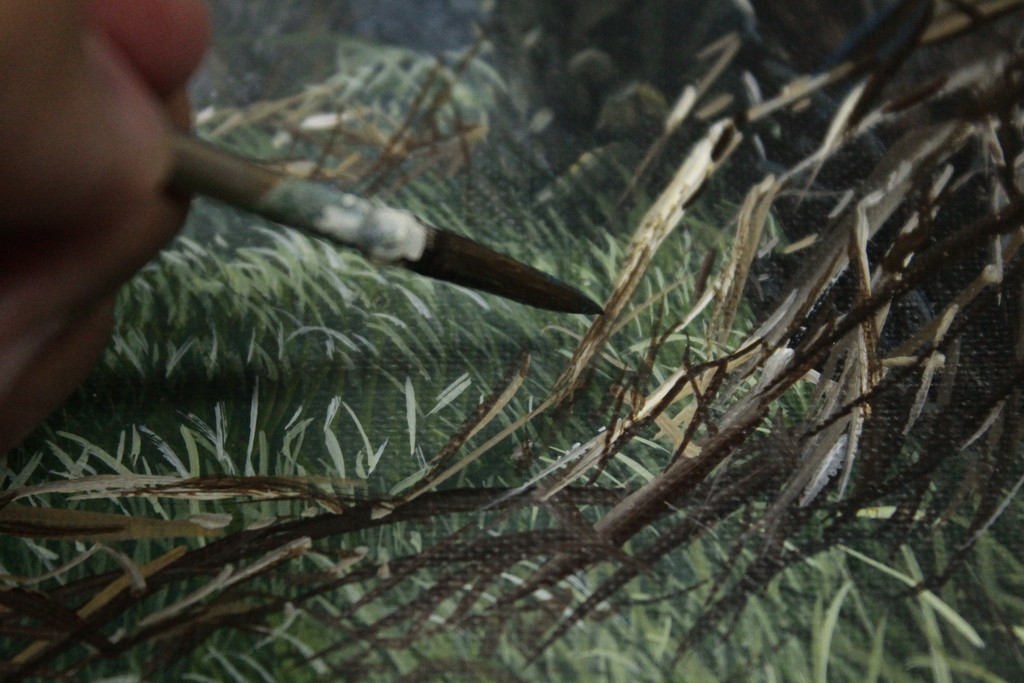
Preparación: Sería la recogida de información para definir el problema y la utilización de conocimientos adquiridos, realización de esquemas, etc.
Incubación: Sería la fase en la que circulan todas las ideas.
Iluminación: Se encuentra la solución al problema. La persona “presiente” que esa es la solución o es próxima y salta a la conciencia.
Verificación: Terminado el acto creativo se elabora la idea teniendo en cuenta la objetividad y realismo de esta. Se elabora y se aplica.
+Fuente: https://innocreatividad.com/2012/09/27/fases-del-proceso-creativo/
En el caso extrapolado hacia la pintura, el proceso creativo ronda en torno a la ejecución adecuada de la técnica y el tema resuelto como tal, el artista y sus materiales juegan un papel esencial en el desarrollo del proceso
Todas estas fases transcurren en el tiempo, lenta o rápidamente, fundiéndose en las ideas preconcebidas y concebidas en el desarrollo espontáneo del cuadro.
El paisaje no es la excepción para un pintor paisajista. Interpretar primero el reto de abstraer un paisaje real o trasladar una idea de un paisaje imaginario forma parte de la preparación e incubación. Personalmente siempre es un reto el proceso de la abstracción para una primera fase. Cada artista lo absorbe de una manera particular según su estado. En mi caso esa abstracción o imaginación viene de días atrás, en algún viaje, en algún descanso o simplemente en alguna lectura de libro. Por supuesto, eso no me exime de dudas el inicio del proceso, parto de una idea con una técnica, entonces el proceso surge, por eso es necesario el dominio de ciertas técnicas en pintura que nos ilumina en el camino, una vez iluminados se abre el entendimiento del tema, todo se resuelve y el artista entra en un estado de confianza de ejecución de la obra hasta el final.
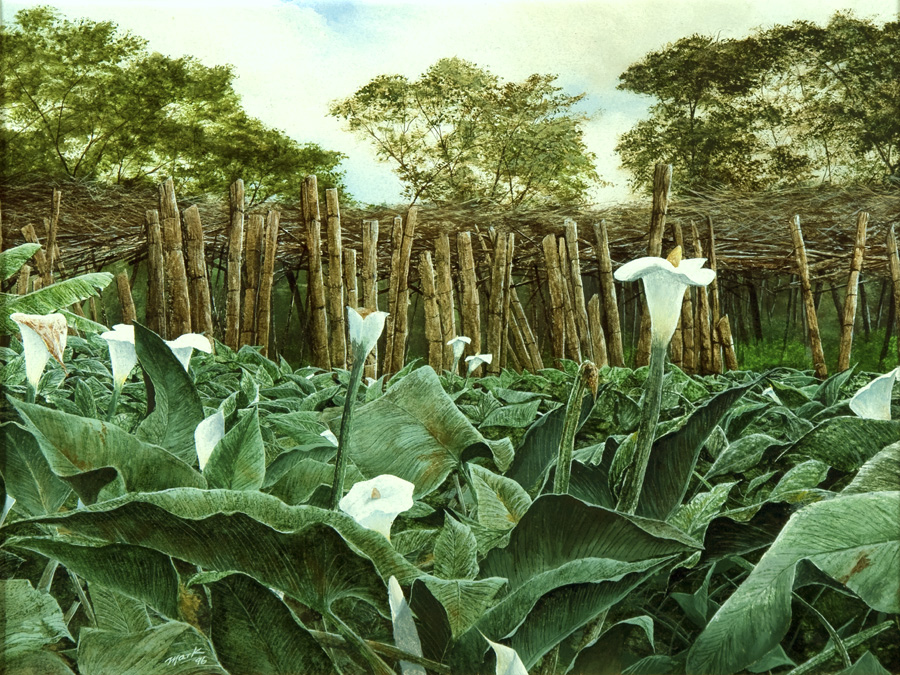
Pero alguien me preguntará sutilmente: qué partes debo de considerar importantes en el proceso creativo? hay algo más importante que lo demás?, no, son todas pienso. La sola idea inicial de un cuadro es un punto de partida determinante en una obra, pero todo es un proceso de inicio y final, todo cuenta, algunas veces esa luz iluminará en el intermedio, como parte natural de un proceso de arte. Otras ideas son iluminaciones tempranas, todo fluye desde el inicio como la mente del artista ha planeado.

Y finalmente pienso que todos los artistas tenemos desde pequeños ese proceso creativo inherente, en el diario vivir y con el pintar se descubre se refina – como si se tratara de algo maravilloso – de ese proceso de manera espontánea.
According to many references, the creative process is understood as the phases prior to the application of creativity and creating ideas around a situation that represents a challenge or problem to understand.

There are many interpretations of this creative process, some writers divide the process into phases, according to G. Wallas * for example the creative process goes through several phases:
Preparation: It would be the collection of information to define the problem and the use of acquired knowledge, implementation of schemes, etc.
Incubation: It would be the phase in which all ideas circulate.
Lighting: The solution to the problem is found. The person “senses” that this is the solution or is close and jumps to consciousness.
Verification: After the creative act, the idea is elaborated taking into account its objectivity and realism. It is made and applied.
- Source: https://innocreatividad.com/2012/09/27/fases-del-proceso-creativo/
In the case extrapolated towards painting, the creative process revolves around the proper execution of the technique and the subject resolved as such, the artist and his materials play an essential role in the development of the process
All these phases pass in time, slowly or quickly, merging into preconceived ideas and conceived in the spontaneous development of the picture.
The landscape is no exception for a landscape painter. To interpret first the challenge of abstracting a real landscape or transferring an idea of an imaginary landscape is part of the preparation and incubation. Personally, the process of abstraction for a first phase is always a challenge. Each artist absorbs it in a particular way according to its state.
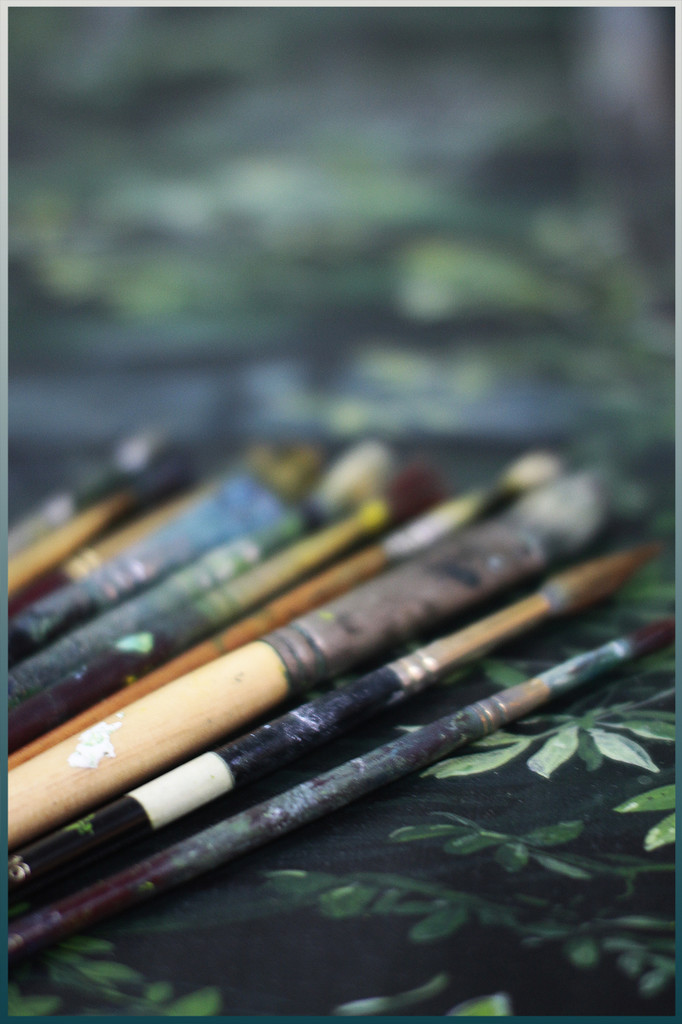
In my case that abstraction or imagination comes from days ago, on a trip, on a break or simply on a book reading. Of course, that does not exempt me from doubts the beginning of the process, delivery of an idea with a technique, then the process arises, so it is necessary to master certain techniques in painting that illuminates us on the road, once lit it opens the understanding of the subject, everything is resolved and the artist enters a state of confidence of execution of the work until the end.
But someone will ask me subtly: what parts should I consider important in the creative process? Is there anything more important than the rest? No, they are all I think. The only initial idea of a painting is a determining starting point in a work, but everything is a process of beginning and end, everything counts, sometimes that light will shine in the middle, as a natural part of an art process. Other ideas are early illuminations, everything flows from the beginning as the artist’s mind has planned.
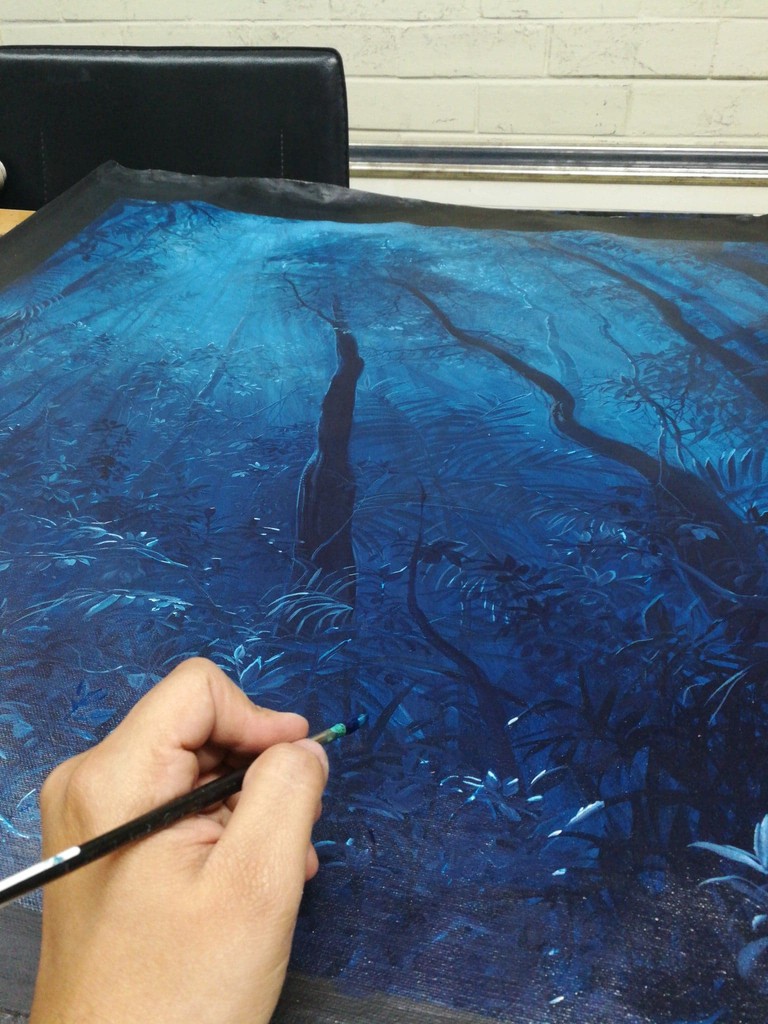
And finally I think that all artists have that inherent creative process since childhood, in the daily life and with painting it is discovered that it is refined – as if it were something wonderful – of that process spontaneously.
LISTEN THIS POST IN AUDIO (ENGLISH)
